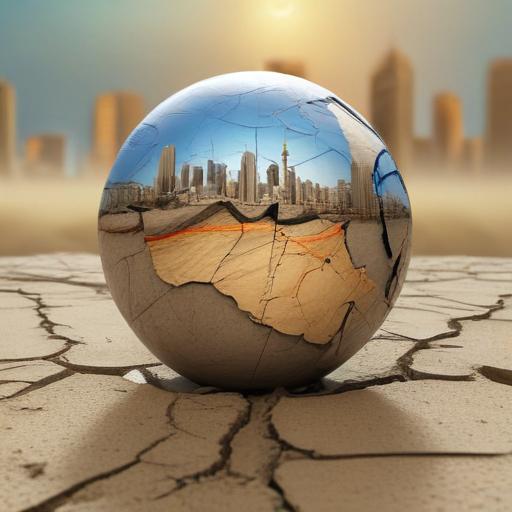On June 20th, a significant earthquake measuring 5.1 on the Richter scale hit the Semnan area in northern Iran, specifically occurring 27 kilometers southwest of the city at a depth of 10 kilometers. This earthquake raised concerns due to its proximity to important military sites, including the Semnan Space Center and the Semnan Missile Complex, both operated by Iran’s military.
The tremor occurs against the backdrop of escalating tensions between Iran and Israel, which have been exacerbated by ongoing conflict. As Israel and Iran exchanged attacks in the days following the earthquake, Tehran asserted its unwillingness to negotiate its nuclear program under military threat, while diplomatic efforts from Europe to broker peace continue.
Despite the worries stirred by the timing and location of the quake, Iranian officials confirmed that there were no casualties and reported only minimal damage. Iran sits along the Alpine-Himalayan seismic belt, making it one of the most seismically active regions in the world, experiencing approximately 2,100 earthquakes annually. In more detail, between 2006 and 2015, Iran recorded around 96,000 earthquakes.
An important aspect in understanding the nature of the earthquake is that underground explosions can trigger seismic activity. However, expert analysis from organizations such as the US Geological Survey and the Comprehensive Nuclear-Test-Ban Treaty Organization has ruled out the possibility of a nuclear test being responsible for the seismic event, affirming that the earthquake was a result of natural geological forces.
The earthquake serves as a reminder of the natural hazards facing the region while underscoring the importance of scientific analysis in distinguishing between natural events and human-induced ones. In light of Iran’s ongoing challenges, this incident brings attention to both the resilience of the nation’s infrastructure and the significance of continued diplomatic engagement to ensure regional stability.
